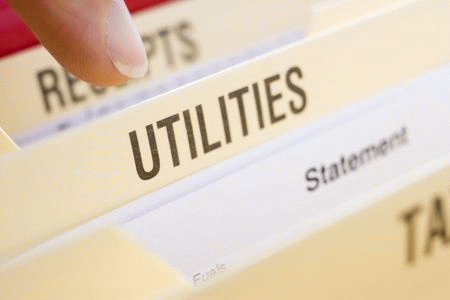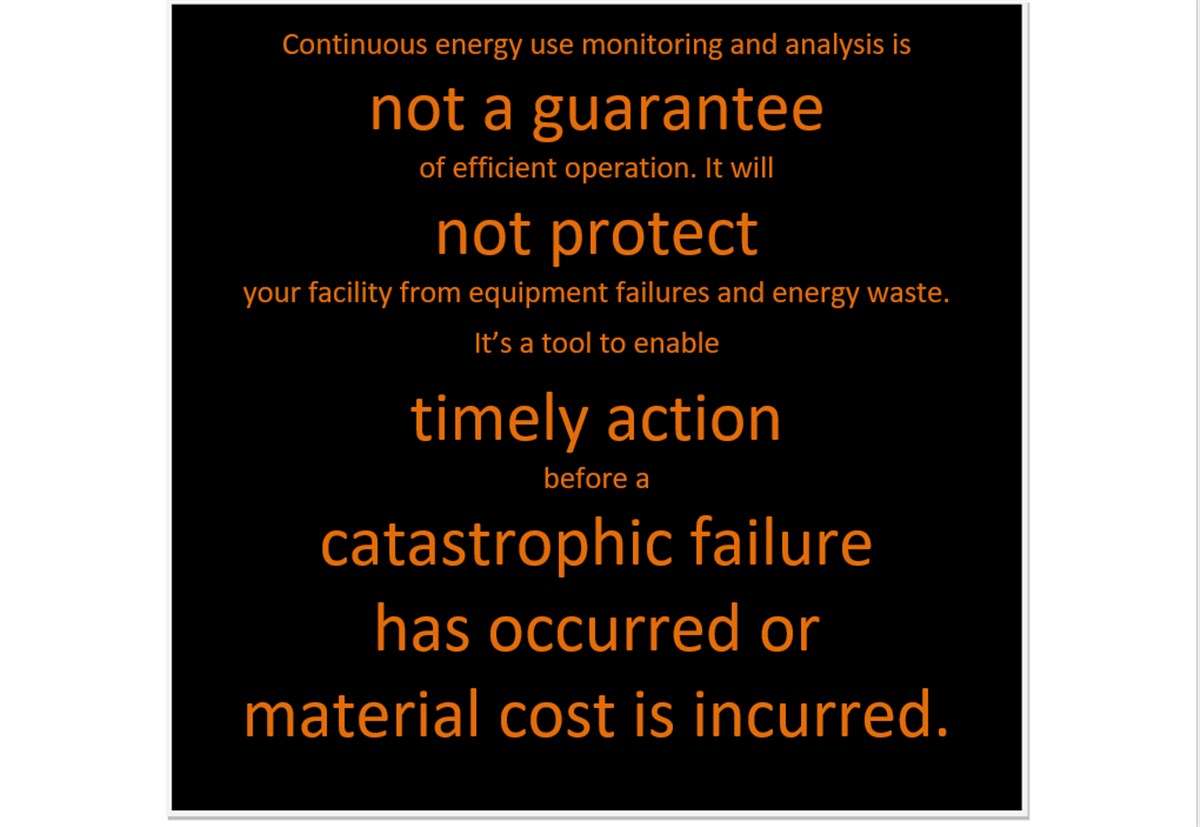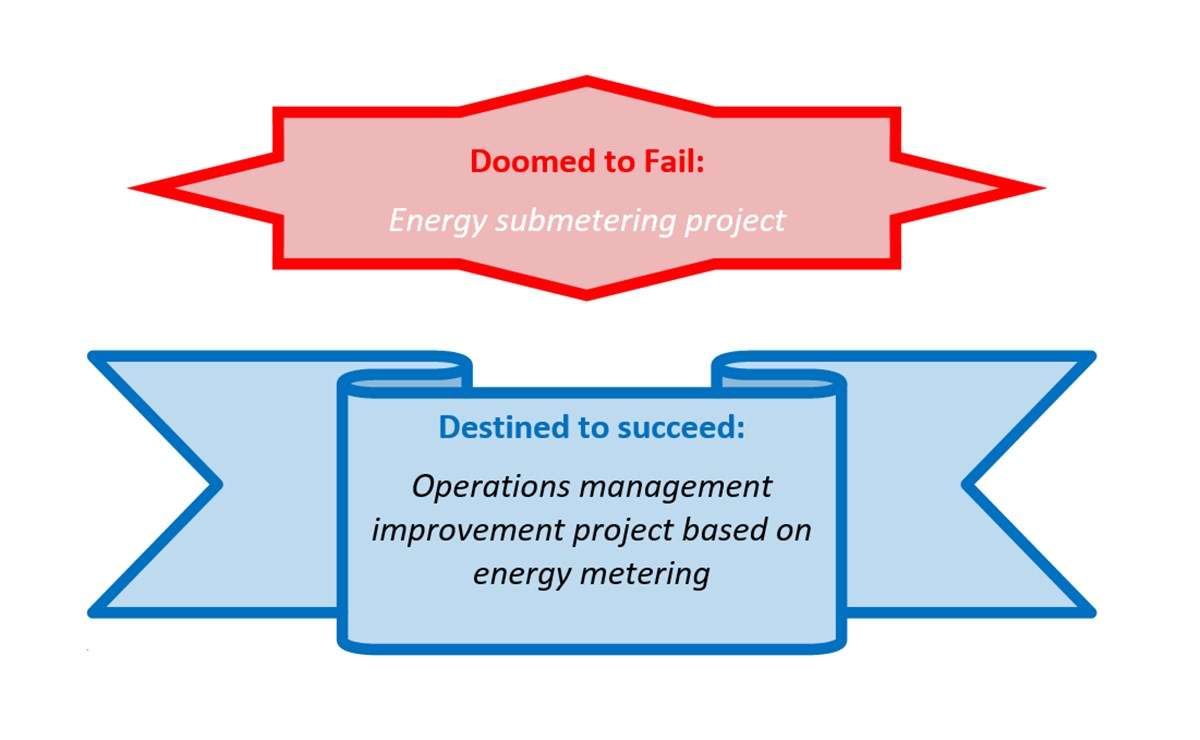The Chief Financial Officer (CFO) of a friendly manufacturing company had to resign.
He did not mess up his taxes. He did not miss a profitability goal. He was not hated by other executives for extravagant behaviors. Year after year, he just could not deliver a reliable cost forecast. His projections were not even consistently too low or too high; they were just consistently off the mark. This created an uncertainty about all the other things he did. He lost the board’s trust and eventually had to resign.
Why could the CFO not produce a reliable cost forecast?
He used averages for energy consumption.
When he needed to produce a cost forecast for electricity for the next quarter, he would first divide last year’s electricity consumption by production to find the average electricity consumption per unit of production. He would then take the next quarter’s production plan, multiply it by last year’s average and adjust it for the change in the utility tariff to arrive at a cost forecast. Surprisingly, he was off the mark all the time. What’s worse, he could not even explain why.
How can a CFO hit the mark on an energy cost forecast?
Simply said, utility consumption is not proportional to production. Average energy used per unit of production makes as much sense as average cost per same unit; energy, as an overall cost, is comprised of a fixed part and a variable part. Only the variable part changes with production level. The fixed cost does not change. This sounds obvious when we talk about material costs and overhead, but it’s somewhat murky when it comes to energy. While it’s easy to distinguish between the cost from the accounting department and the cost of materials, consumed kilowatt-hours all look the same.
The situation can be easily remedied through an energy consumption analysis in relation to production level and other affecting parameters, e.g., weather. Should the CFO have relied on such an analysis, his energy cost forecast would have been based on
Energy cost forecast = (Variable Energy per Unit * Unit Forecast + Energy “overhead”) * tariff
instead of
Energy cost forecast = (Total Average Energy per unit * Unit Forecast ) * tariff.
Where does this hurt business?
The difference between the Average Energy per Unit and Variable Energy per Unit at an industrial facility may reach as high as 40% depending on technology and production load. If the energy portion of the cost is 10%, this difference amounts to 4% in the energy cost forecast.
A pinch is more painful when it comes to deciding if the production of an additional order makes financial sense. All other costs are typically considered to be marginal, whereas energy still comes in as an average. Now we may be looking at a much higher cost difference, since many other costs are already covered by regular production.







[…] On the other hand, misunderstanding the value of energy cost and ways it should be accounted for may lead to various problems: Energy cost forecast may cause CFO to resign […]